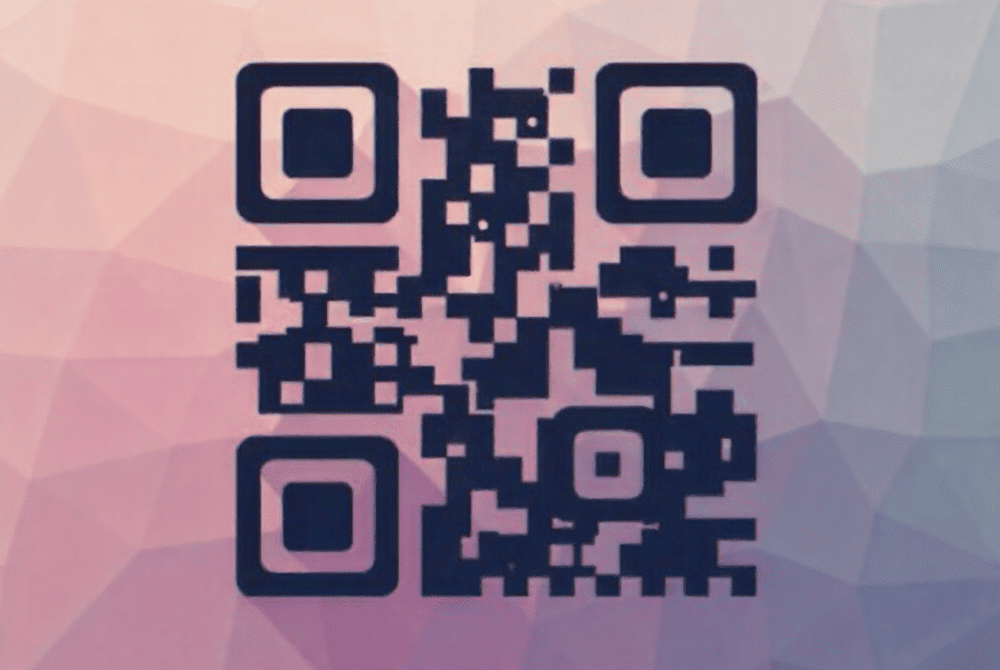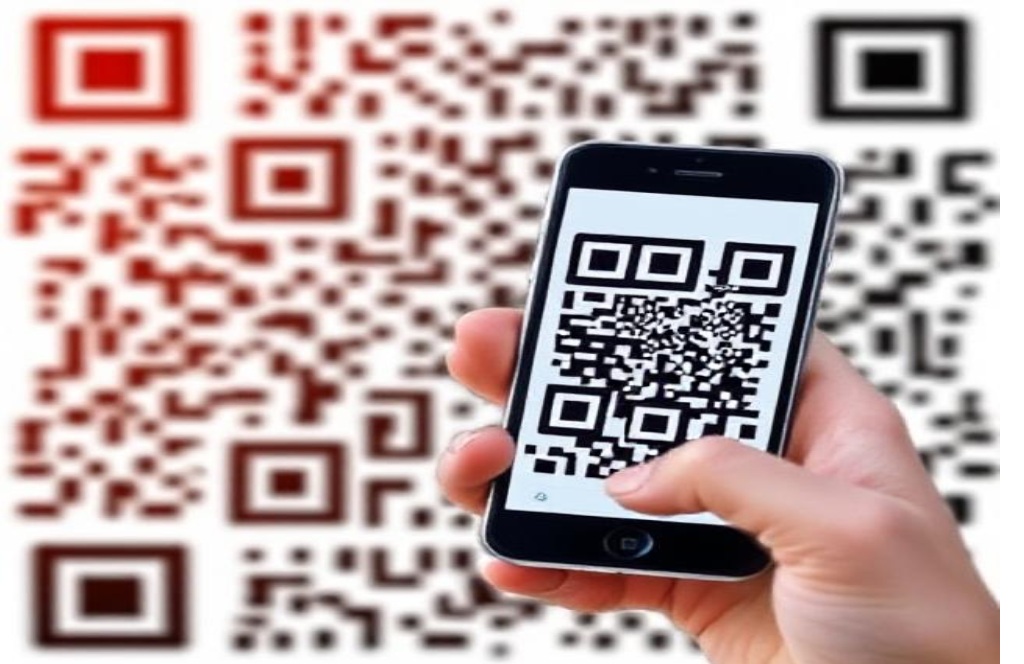QR based payments have already transformed the financial landscape, particularly in markets like India, China, and Southeast Asia. The combination of simplicity, cost-effectiveness, and interoperability has made QR codes a preferred method for merchants and consumers alike. Looking forward, several emerging technologies and trends promise to enhance security, user experience, and global adoption, making QR payments even more integral to the digital economy.
Cross-Border and Multi-Currency QR Payments
Currently, most QR payments are domestic, limited by local banking rails and currency standards. The future of QR payments involves:
- Multi-Currency Support: QR codes could encode multiple currencies and dynamically convert transaction amounts at current exchange rates.
- Cross-Border Settlement: Leveraging international payment rails or blockchain-enabled clearing mechanisms, a QR scan in one country could initiate a seamless payment to a merchant in another country.
- Global Standards: Organizations such as the EMVCo are working on unified QR payment specifications to enable universal scanning and settlement.
- This evolution will allow travelers, international e-commerce, and global merchants to accept payments from any QR-enabled digital wallet worldwide, without needing multiple payment integrations.
AI and Machine Learning for Fraud Detection
As QR payments scale, fraud detection becomes critical. Advanced AI and machine learning systems can analyse transaction patterns and detect anomalies in real-time:
- Behavioral Analysis: Systems can flag unusual transaction sequences, amounts, or geolocations.
- Dynamic Risk Scoring: Each transaction can be scored based on historical behavior, merchant trust, and transaction context.
- Real-Time Intervention: Suspicious transactions can be paused for verification or additional authentication, minimizing financial risk.
Integrating AI-driven fraud detection with QR payments ensures both security and seamless user experience, even at high transaction volumes.
Tap-to-Pay and Contactless QR Innovations
The convergence of QR codes with near-field communication (NFC) and Tap-to-Pay technologies is creating hybrid payment ecosystems:
- Smartphones as Payment Hubs: Users can scan QR codes or tap their phones on POS terminals, with the backend processing routed via UPI, card rails, or digital wallets.
- Wearable Payments: Smartwatches, rings, or IoT devices can display dynamic QR codes or NFC tokens for secure contactless payments.
- QR-NFC Interoperability: In areas with lower NFC adoption, QR codes remain a fallback, ensuring universal accessibility.
This hybrid approach guarantees flexibility, speed, and broader adoption, particularly in markets with heterogeneous technology infrastructure.
Blockchain and Decentralized QR Payments
Blockchain technology introduces decentralized payment verification to QR systems:
- Immutable Ledger: Each QR transaction can be recorded on a blockchain, providing tamper-proof auditability.
- Smart Contracts: QR codes could encode smart contract logic, automating conditional payments or escrow services.
- Cross-Border Settlements: Blockchain rails can facilitate instant multi-currency settlement, bypassing traditional banking intermediaries.
While still in early stages, decentralized QR payment models could increase trust, transparency, and speed in global digital commerce.
IoT Integration and Smart Merchandising
QR codes are increasingly being integrated with IoT-enabled devices:
- Vending Machines: Dynamic QR codes can be generated per transaction, allowing cashless, autonomous sales.
- Smart Retail Displays: QR codes embedded on shelves or products can trigger instant payments, promotions, or product information.
- Fleet Management and Parking: Vehicles and parking spots can display dynamic QR codes for automated billing and verification.
IoT integration enhances efficiency, convenience, and operational automation, bridging the physical and digital commerce worlds.
Enhanced Security Features
Future QR payment systems will likely incorporate multi-layered security enhancements:
- Biometric Authentication: Facial recognition, fingerprints, or iris scanning linked to dynamic QR payments.
- Tokenization and One-Time Codes: Each QR code could include unique, ephemeral tokens to prevent replay attacks.
- End-to-End Encryption: Quantum-resistant cryptographic algorithms may secure transactions in the next decade.
- Dynamic QR Personalization: QR codes that change visually or encode per-user information to thwart phishing or counterfeiting.
These enhancements ensure that QR payments remain secure, reliable, and fraud-resistant, even in a highly digital and connected world.
Data Analytics and Personalized Experiences
Beyond payments, QR systems can provide valuable insights and engagement opportunities:
- Customer Behavior Tracking: Merchants can understand scan patterns, purchase frequency, and product preferences.
- Loyalty and Rewards Integration: QR transactions can trigger automatic reward points or promotions.
- Predictive Analytics: AI models can recommend products or services based on scanning behavior.
- By combining QR payments with analytics, merchants not only receive funds but also enhance customer engagement and operational intelligence.
Global Adoption and Interoperability
The continued expansion of QR payments requires standardization and interoperability:
- EMVCo QR Specifications: Promoting uniform QR formats ensures that a single QR can be scanned by multiple wallets, Payment soundbox, banks, and apps globally.
- Unified APIs: Standardized APIs simplify backend integration across banks, wallets, and payment gateways.
- Interoperable Merchants: Merchants can accept payments from multiple apps and currencies without maintaining multiple systems.
Global standardization and interoperability will unlock new markets, reduce friction, and accelerate adoption, making QR payments a truly universal solution.
The future of QR payments lies in integration, intelligence, and innovation. Cross-border capabilities, AI-driven fraud detection, hybrid Tap-to-Pay systems, IoT adoption, blockchain integration, and enhanced security protocols are all converging to make QR payments faster, safer, and more versatile. For developers and businesses, staying ahead of these trends is essential to building scalable, secure, and customer-friendly payment ecosystems.
QR codes are no longer just black-and-white squares—they are dynamic, intelligent gateways into the global digital economy, and their evolution is set to redefine how we transact, interact, and innovate in payments.







